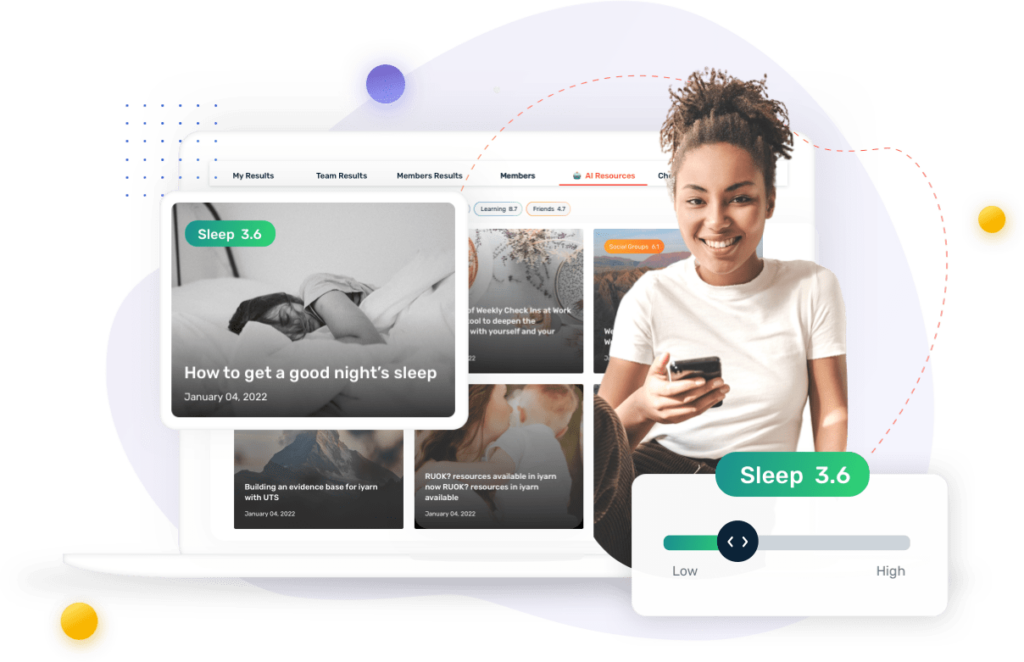5 ways to minimise distractions while working from home
Remote working is becoming increasingly popular, for some this is a blessing, but for others a curse. Interruptions and distractions from social media, emails, meetings, instant messaging, pets or the kids can make it a struggle to make the most of your work day and get what you need done.
After all, it takes an average of 23 minutes and 15 seconds to get back into focused work after a distraction according to a recent study, meaning you can very quickly lose over an hour of work time with just 3 distractions.
Below we’ve outlined some tips to help you work your best from home.
1. Set up a dedicated work area
It’s common for our brains to associate certain areas with relaxation or productivity, which has a direct impact on how well we can work in certain areas.
Since our homes are typically our relaxation spaces, it can be difficult to get into really focused work especially if you’re trying to work from your bed – which can then also interrupt your sleep. You can counteract this by dedicating one specific area of your living space to be where you do all of your work, keep all of your work equipment there and keep this work area tidy. Over time, you brain will associate this area as the place to do deep work and you’ll find you can get into a productive flow much more easily.
Investigate whether your employer offers an office allowance to kit out your home office with everything you need. This could be a second computer screen, an appropriate sized desk, or an ergonomic chair to help you work more effectively and to make this area more appealing.
2. Track your time
Tracking your time i.e. what you’re doing throughout the day and how much time is spent on each task will help you to see what times of the day you’re most productive and focused, and what distractions crop up for you.
Using time tracking apps such as Toggl make it effortless to input what you’re about to work on and start the clock, you can also add in things you’ve already done and how much time was spent on them to get a full view of how your day was spent.
Remember, what gets measured gets managed so be honest with your time tracking.
3. Batch check emails
Many wasted hours can be spent checking emails throughout the day, stopping you from ever reaching a deeply focused state to attack the task at hand.
If you receive a lot of emails, pick two times a day to check them and then use Boomerang to block incoming messages outside of these times so that they don’t distract you from your focus hours. When you do get round to addressing your emails, address everything, either reply, archive or delete.
It can be helpful to avoid long emails where possible because it will only generate more email in response. Keep your replies under 3 sentences.
4. Social media blockers
Using software such as Freedom can help you control distractions from social media and news by blocking access to websites on your phone and computer.
Set rules for when you want to access certain sites an no longer rely on willpower alone.
5. Schedule your day more effectively
If you have control over your daily and weekly schedule, schedule your time around when you’re most productive.
If you’re someone that can focus better first thing in the morning, keep your morning free to get into 4 hours of deep work completed and then schedule meetings for the afternoon. If you’re someone that focuses better in the afternoon do the reverse.
To have longer focus time each day it can be helpful to schedule all of your meetings on the same day each week, creating a ‘meeting day’. If someone emails you to have a meeting, offer your preferred day first.




